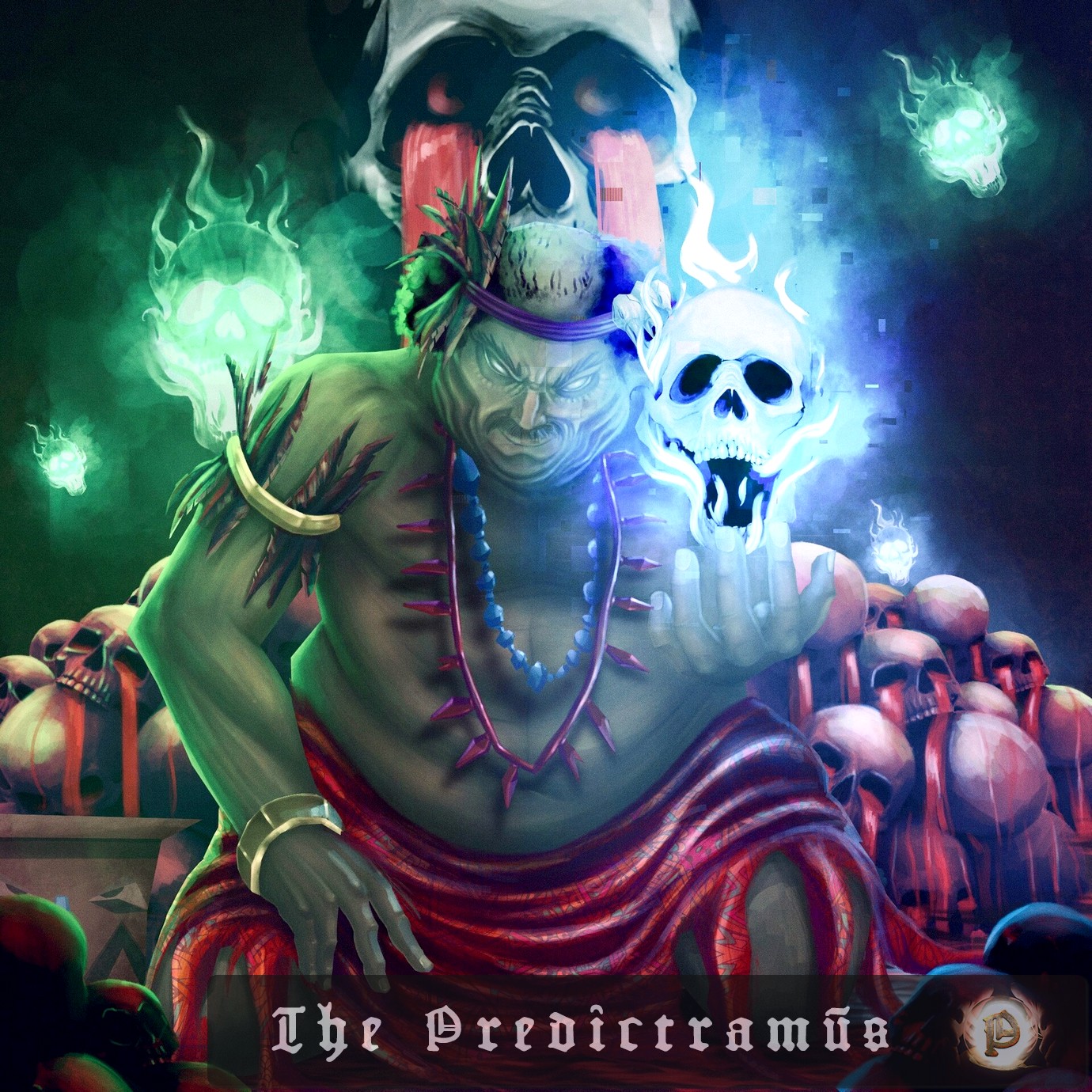Ancient oxygen-making microbes, specifically cyanobacteria, may have oxygenated large swaths of Earth’s seafloor hundreds of millions of years before oxygen filled the atmosphere. Geochemical analysis of sediments deposited around 2.6 billion years ago reveals pulses of oxygen sweeping through the ocean, suggesting that cyanobacteria were more widespread at the time than previously believed. This discovery…
Science on The Soothsayer / page 17
A team of geophysicists and seismologists from Rice University and several other institutions has successfully pinpointed the location of Yellowstone’s shallowest magma reservoir, providing unprecedented precision in determining the depth of the reservoir. This breakthrough could lead to more accurate predictions of when the Yellowstone supervolcano will erupt again. The researchers used a mechanical vibration…
The Trump administration’s recent decision to terminate nearly 700 National Institutes of Health (NIH) grants worth $1.81 billion has sent shockwaves through the medical research community. The cuts, which affect 24 out of 26 NIH institutes, have been criticized for undermining crucial medical research, gutting careers, and damaging US leadership in science. The impact of…
Researchers at the Weizmann Institute of Science in Israel have made a groundbreaking discovery in twisted bilayer graphene, observing the first-ever phasons in this material. This breakthrough could have significant implications for the understanding of “strange metals,” whose electrical resistance increases at lower temperatures. The team used a quantum twisting microscope to study the electron…
The federal government’s ability to warn the nation about the future impacts of climate change is in jeopardy due to the abrupt dismissal of hundreds of U.S. scientists working on the sixth National Climate Assessment. This report, mandated by the Global Change Research Act of 1990, provides crucial information on how Earth’s rising temperatures are…
Physicists at Harvard University have made a groundbreaking discovery by detecting axion quasiparticles in a two-dimensional quantum material. This breakthrough could aid in the search for fundamental axions, a promising candidate for the unseen dark matter pervading our universe. The detection of axion quasiparticles could also lead to the development of new technologies, such as…
June Huh, a 39-year-old professor of mathematics at Princeton University, has been awarded the Fields Medal for his groundbreaking work in geometry and combinatorics. Despite dropping out of high school to pursue a career in poetry, Huh’s chance encounter with mathematics led him to become one of the world’s leading mathematicians. His unique approach to…
A mysterious disease that has been plaguing sea stars for over a decade may have met its match in the fjords of British Columbia. Researchers have discovered that cooler temperatures in these frigid waters provide protection from sea star wasting disease (SSWD), a devastating condition that has caused the decline of 20 species, including the…
Researchers at Linköping University in Sweden have developed a new fluid electrode that enables the creation of soft, malleable batteries. These batteries can recharge and discharge over 500 cycles while maintaining their high performance. The breakthrough could lead to the development of next-generation wearable electronics, such as e-skin patches, e-textiles, and internal e-implants. Forecast for…
Researchers at the University of Bern in Switzerland have developed a revolutionary new stent design that uses hair-like structures called cilia to keep implanted medical tubes clean and prevent infection. The cilia, which are activated by ultrasound waves, can flush out substances stuck to the devices, reducing the need for frequent replacements. This innovation has…










